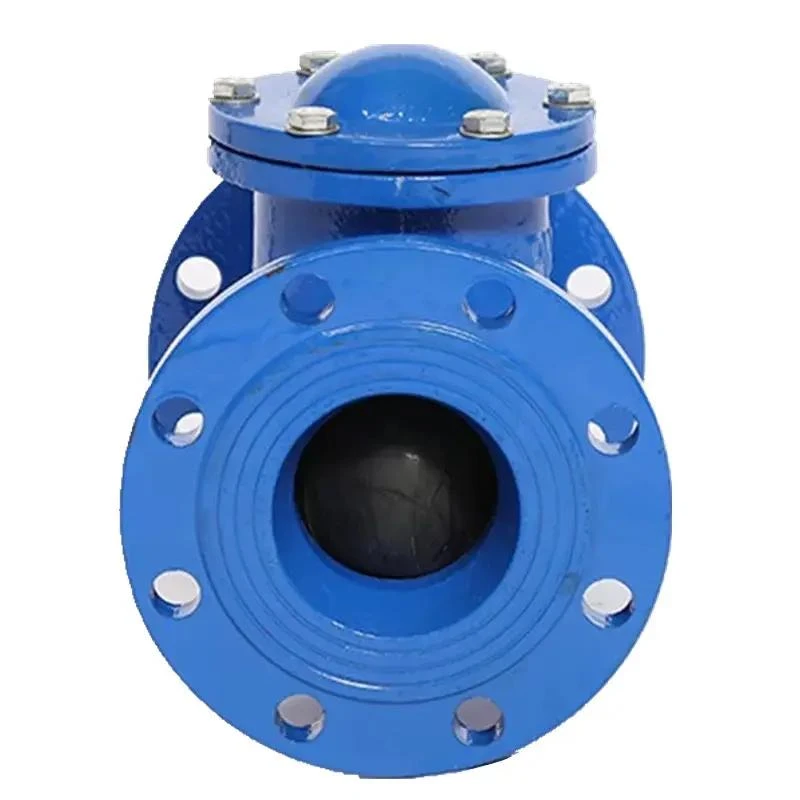nóv . 06, 2024 03:09 Back to list
Design and Application of Spline Go No Go Gauges in Precision Measurement
Understanding Spline Go/No-Go Gauges An Essential Tool for Precision Engineering
In the realm of precision engineering, ensuring that components meet stringent dimensional specifications is paramount. One of the key tools employed to achieve this is the spline go/no-go gauge. This specialized measuring device is designed to assess the dimensional tolerances of spline features in mechanical components—elements critical for the proper functioning of machinery. This article delves into the significance, construction, and application of spline go/no-go gauges in modern manufacturing.
What are Spline Go/No-Go Gauges?
Spline go/no-go gauges are measuring instruments specifically engineered to evaluate the fit and dimensional accuracy of spline profiles. Splines are ridges or teeth that interlock with grooves on mating components, providing a way to transmit torque and rotational motion between them. Industries such as automotive, aerospace, and manufacturing often rely on these gauges to ensure components like shafts and gears fit together flawlessly.
The gauge operates on a simple principle it consists of two parts— the 'go' gauge and the 'no-go' gauge. The ‘go’ gauge is used to check if a spline fits; if the component passes the 'go' gauge, it is deemed acceptable. Conversely, the ‘no-go’ gauge ensures that the component does not exceed maximum tolerances. If the component fits this gauge, it is rejected. This binary methodology allows for quick and effective assessment of spline accuracy, which is crucial for maintaining quality control in production.
Construction of Spline Go/No-Go Gauges
The design of spline go/no-go gauges is critical to their functionality. They are typically manufactured from high-grade tool steel or carbide to ensure durability and resistance to wear. Their construction involves precision machining to create accurate profiles that match the desired spline dimensions.
spline go no go gauges

The gauges are often designed to accommodate different spline sizes, pitches, and tooth forms, making them versatile tools for various applications. Manufacturers often customize these tools to meet specific industry standards or unique project requirements, ensuring maximum effectiveness in quality control processes.
Applications in Industry
Spline go/no-go gauges are employed across a wide range of industries where precision and reliability are non-negotiable. In the automotive sector, they play a critical role in the assembly of drive trains, ensuring that components like axles and transmission gears mesh properly. In aerospace, where safety is paramount, these gauges are vital for testing connecting components in aircraft engines and landing gear assemblies.
Moreover, spline gauges are not limited to large-scale production. They are equally valuable in research and development environments, where prototypes are subjected to rigorous testing. Engineers rely on these gauges to validate spline designs before mass production, saving time and resources by catching potential issues early in the development phase.
Conclusion
In summary, spline go/no-go gauges are indispensable instruments in the toolbox of precision engineering. Their ability to ensure that components meet strict dimensional tolerances is critical to the reliability and safety of machinery in various industries. As manufacturing processes continue to evolve, the role of such gauges becomes increasingly significant, underscoring the importance of quality control in achieving superior products. For engineers and manufacturers, understanding and implementing spline go/no-go gauges is not just a matter of compliance; it's an essential practice for maintaining excellence in their work.
-
thread-plug-gauge-our-promise-of-measurement-excellenceNewsAug.22,2025
-
gauge-pin-class-reflecting-quality-legacyNewsAug.22,2025
-
check-valve-types-for-high-rise-buildingsNewsAug.22,2025
-
water-control-valve-for-irrigation-systemsNewsAug.22,2025
-
gate-valve-with-soft-seal-technologyNewsAug.22,2025
-
y-type-strainer-for-oil-and-gas-applicationsNewsAug.22,2025
Related PRODUCTS









